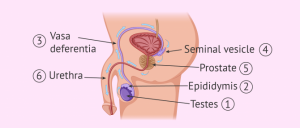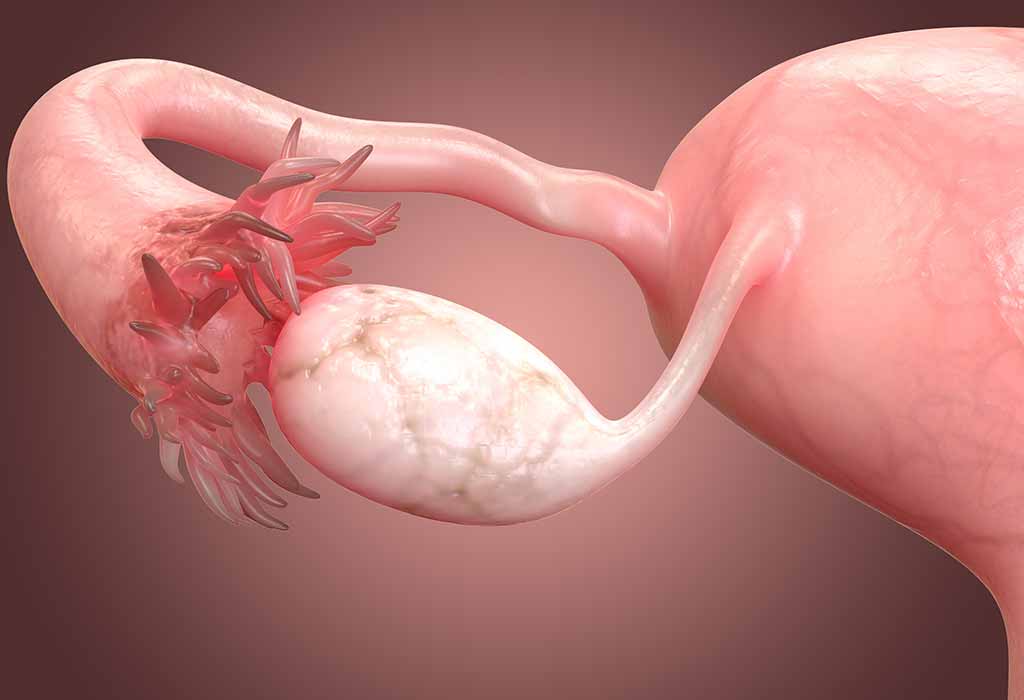When you’re trying to conceive and want to learn everything there is to know about conception, you might be curious about how long it takes the sperm to reach the egg. Sperm must fertilize an egg to become pregnant. It appears to be straightforward, yet there’s more to it than meets the eye.
You might assume that if you have unprotected intercourse during your reproductive window, you will get pregnant. The chances of becoming pregnant range from 10% to 33% (depending on how near you are to ovulation), indicating that there are a few roadblocks in the way.
When is fertilization carried out?
When the egg and sperm unite in the fallopian tube, treatment begins. A lady should be in her prolific window for this to happen. Each month, an egg leaves the ovary for the second time, indicating that she is approaching or has reached ovulation. From the time it is delivered, an egg must be treated between 12 and 24 hours. From there, it starts to split, chemicals alter, and eventually, a period begins the next cycle.
While your chances of obtaining an egg may be slim, consider the numbers. It has been estimated that up to 280 million sperm cells are present in its discharge. Sperm can also live a long time in proper conditions.

Time is taken by the sperm to reach the egg:
You’re probably thinking about how sperm must swim the distance frequently now that it becomes so evident how far they must travel. In most cases, sperm reaches the egg within 15 to 45 minutes of ejection. If you haven’t ovulated yet, your interaction could last up to five days because sperm can stay in a sperm package for up to five days while waiting for an egg.
While the journey to the egg is long and tiring for the little sperm, they do have some help in swimming the distance. The pH in the upper vagina is raised within eight seconds of sperm entering the vagina, making it a more favorable temperature in which to swim. The semen develops into a gel or coagulum around the same time, just after discharge.
When does the implantation process begin?
The new zygote travels down the fallopian tube after therapy and undergoes significant modifications. It develops into a morula and then into a blastocyst. It is ready to embed in the uterine covering and proceed to develop into a creature when it reaches the blastocyst stage.
Implantation is essential for achieving pregnancy. Without it, the blastocyst will separate from the rest of the uterine covering and be expelled during your period. In terms of timing, implantation usually takes place between days 6 and 10 after treatment. Squeezing and faint spots are examples of mild side effects that you may experience. Even said, some women may not experience any negative consequences.
FAQs:
What is implantation, and how long does a treated egg take to implant?
When a treated egg travels down the uterine cylinder and embeds in the mass of the uterus, it is said to have implanted. Depending on how far an egg must travel, it can take anywhere from 6 to 10 days to embed.
Would you be able to feel the egg being prepared or implanted?
The treated or fertilized egg will not feel as if it is entering your uterus.
What is the pathway of sperm altogether?
As they leave the testicles, the sperm travel to the epididymis, ductus deferens, ejaculatory conduit, and urethra.
